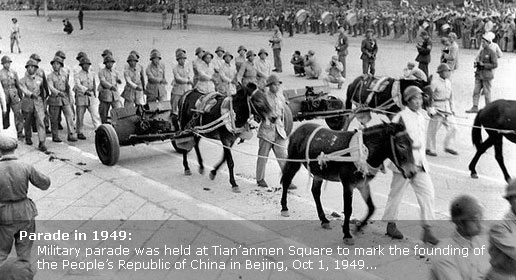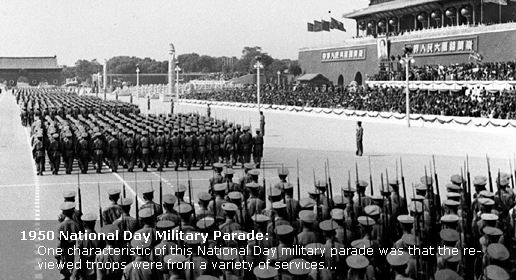60 People, 60 Stories
Need for private facilities
By Dr Guter Nebel (China Daily)
Updated: 2009-09-30 08:27
Due to the increasing average age and fewer children per family, China is confronted with a rapid demographic change.
|
 |
The altered age distribution of the country demands an expansion of capacities within the medical, nursing and fostering sectors for old people.
At the same time, the economic pressure on the younger working proportion of the society will rise accordingly. Central Europe and Scandinavia were the first regions to introduce supply systems that meet the needs of aging people.
All those senior citizens in need of support should have a choice of options ranging from family integration and home care to day-care centers and other nursing facilities. China shows a higher rate of integration of old people within the familial and rural environment.
There is a greater need of care facilities in urban areas. Home centers for the aged have to be manned with specially qualified staff. Such facilities however, are rather cost-intensive and they raise the question of individual care insurance, in which a proportion of the income is allocated to a pension scheme, from which different amounts are paid to cover the nursing expenses based on individual conditions.
Private facilities, in particular those that meet the standards of building construction and personnel, can contribute significantly to a professional care supply system.
Private centers should be available for those who pay as well as for the less well off, for whom individual government support should facilitate their stay, according to the principle of cost sharing. As mentioned before, these facilities should include day-care centers, home care options, nursing homes and geriatric clinics in order to satisfy all the different demands.
China has a unique chance, but it needs to establish a new model of old-age provision. And it can possibly function as an example for countries that could face similar issues in the future.







